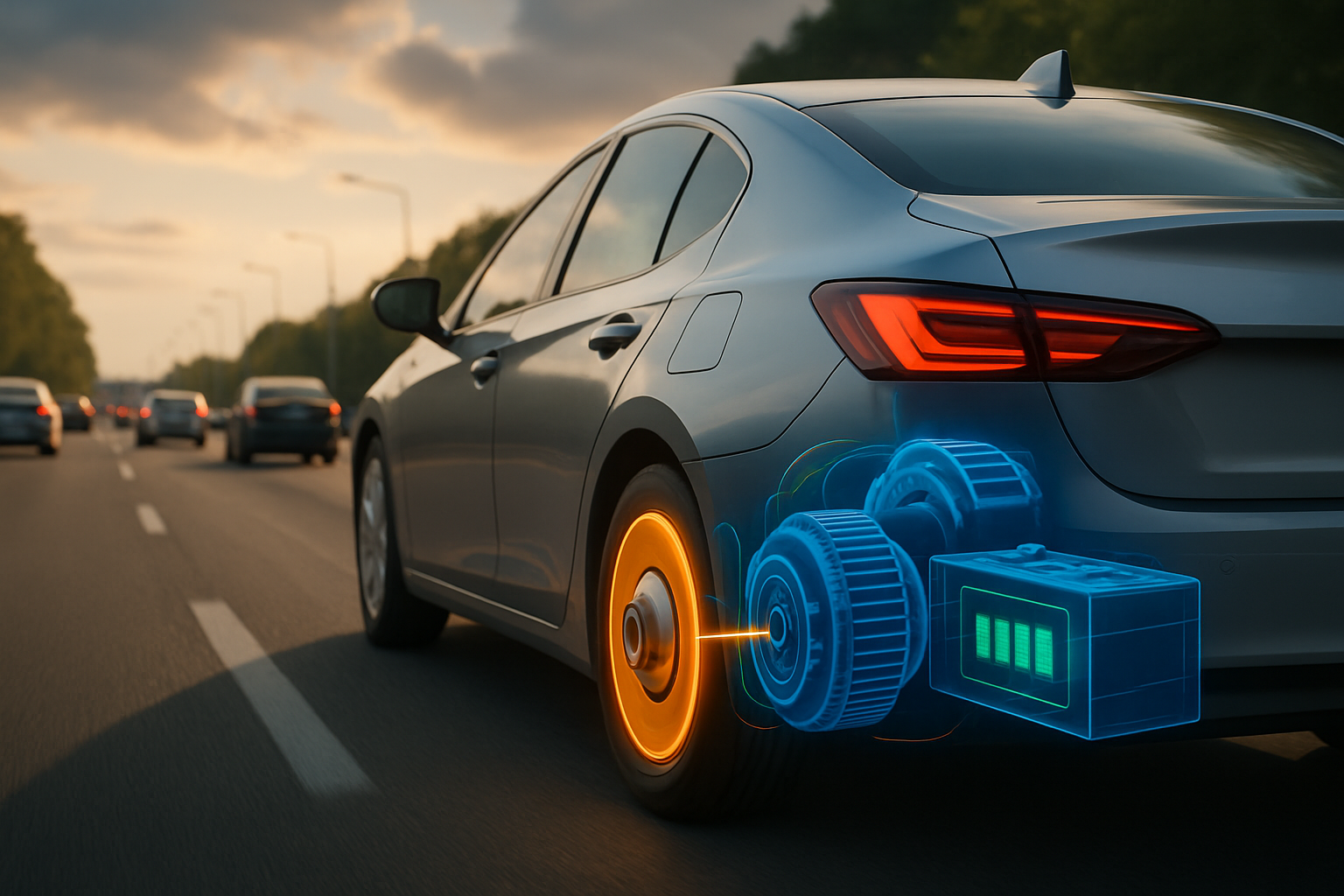Hydraulic Steering: The Unsung Hero of Modern Automotive Control
Picture this: You're navigating a winding mountain road, effortlessly guiding your vehicle through hairpin turns with precision and ease. The smooth, responsive steering allows you to maintain control even as the terrain challenges your driving skills. What you might not realize is that this seamless experience is largely thanks to a often-overlooked automotive technology: hydraulic steering. This innovative system has revolutionized the way we interact with our vehicles, making driving safer, more comfortable, and more accessible to a wider range of drivers.

The basic principle behind hydraulic steering is the use of pressurized fluid to assist in turning the wheels. This system consists of a pump, typically driven by the engine’s serpentine belt, which pressurizes hydraulic fluid. When the driver turns the steering wheel, valves direct this pressurized fluid to assist in moving the steering mechanism, dramatically reducing the effort required to steer the vehicle.
The Mechanics of Smooth Control
At the heart of a hydraulic steering system is the power steering pump. This device, usually driven by the engine via a belt, continuously circulates hydraulic fluid through the system. When the driver turns the steering wheel, a rotary valve opens, allowing pressurized fluid to flow into a cylinder connected to the steering linkage. This fluid pressure provides the force necessary to turn the wheels, significantly reducing the effort required by the driver.
One of the key advantages of hydraulic steering is its ability to provide variable assistance. At low speeds, when more steering effort is typically needed, the system provides more assistance. As vehicle speed increases, the assistance decreases, allowing for better road feel and stability at higher speeds. This variable assist feature is crucial for maintaining a balance between ease of use and driver feedback.
Impact on Vehicle Design and Performance
The introduction of hydraulic steering had far-reaching effects on vehicle design and performance. With the reduced effort required to steer, automotive engineers could design larger, heavier vehicles without compromising maneuverability. This opened up new possibilities in terms of vehicle size and style, contributing to the rise of larger sedans and SUVs in the latter half of the 20th century.
Moreover, hydraulic steering systems improved overall vehicle safety. The reduced physical effort required to steer allowed drivers to maintain better control in emergency situations, potentially avoiding accidents. It also made driving more accessible to a wider range of people, including those with limited upper body strength or mobility issues.
Challenges and Innovations
Despite its many advantages, hydraulic steering is not without its challenges. The system requires regular maintenance, including fluid changes and belt replacements. Additionally, the constant operation of the power steering pump can lead to a small but noticeable decrease in fuel efficiency.
To address these issues, engineers have continually refined hydraulic steering systems. Modern designs incorporate more efficient pumps, improved seals to prevent leaks, and advanced fluids that require less frequent replacement. Some systems even incorporate electronic controls to further optimize performance and efficiency.
One significant innovation is the development of electrohydraulic power steering systems. These hybrid systems use an electric motor to drive the hydraulic pump, rather than relying on the engine. This approach offers the smooth, natural feel of hydraulic steering while improving fuel efficiency and allowing for more precise control.
The Future of Steering Technology
While electric power steering systems have gained popularity in recent years due to their efficiency and compatibility with modern vehicle electronics, hydraulic steering continues to hold its ground, especially in larger vehicles and performance applications. The tactile feedback and robust nature of hydraulic systems make them particularly well-suited for heavy-duty vehicles and high-performance cars where driver feel is paramount.
Looking ahead, we can expect to see further refinements in hydraulic steering technology. Innovations in fluid dynamics and materials science may lead to even more efficient and responsive systems. Additionally, the integration of advanced sensors and artificial intelligence could result in adaptive hydraulic steering systems that can adjust their characteristics based on driving conditions, driver preferences, and even predictive algorithms.
As the automotive industry continues to evolve, with a focus on electrification and autonomous driving, the role of steering systems will undoubtedly change. However, the principles and benefits established by hydraulic steering will continue to influence the development of future vehicle control systems, ensuring that drivers maintain a connection to the road, even as cars become more technologically advanced.
In conclusion, hydraulic steering remains a cornerstone of automotive engineering, quietly enhancing our driving experience through its blend of power, precision, and adaptability. As we look to the future of mobility, the lessons learned from decades of hydraulic steering development will continue to shape how we interact with our vehicles, making the act of driving safer, more comfortable, and more enjoyable for generations to come.





